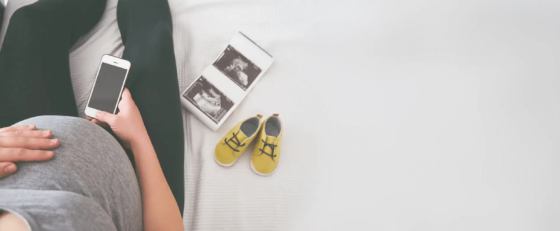Mastitis Symptoms To Look Out For
Mastitis is an infection of your breast tissue, and it can cause great discomfort while breastfeeding. Learn how to manage mastitis here.
Mastitis comes from the words ‘milk stasis’, or the stopping of normal milk flow. It is an infection of your breast tissue that causes discomfort, soreness and even fever – the last things you need when breastfeeding your new baby.
If you suspect that you have mastitis, it is important to treat it as soon as possible. Your GP will be able to guide your treatment; and you may wish to seek the help of a lactation consultant to prevent a recurrence.

What causes mastitis?
Sometimes, simply being new to breastfeeding can bring on mastitis. It most commonly occurs in the first 12 weeks of your baby’s life – although it can happen at any time while you are still breastfeeding.
The main causes are cracked nipples (which allow bacteria to enter your system), poor nutrition and fatigue (which can impede your immune response), and restricted milk flow.
Your milk flow can be restricted for a number of reasons:
If you only feed in one position, and your breasts aren’t fully drained of milk at each feed
- If you wear tight bras or other clothing
- If you skip or miss feeds, or even if you stick to a strict feeding schedule, your milk production may be inhibited
- If your baby doesn’t latch on properly when feeding
What are the symptoms of mastitis?
Usually, mastitis occurs in a single breast. Common symptoms include:
- A lump or noticeable hardness in one area of the breast
- Your breast is warm or hot to touch
- Your breast is red or has red streaks across it
- Flu-like symptoms, including fever, chills and general malaise
How do you treat mastitis?
Always consult your healthcare professional as soon as you think you may have mastitis. You may need antibiotics to clear up the infection.
While you have mastitis, it is important to continue to breastfeed so that your infected breast is kept as empty as possible. Now isn’t the time to wean your baby! Instead, encourage even more breastfeeding than usual – your milk is still very safe for your baby to drink. To help empty or drain your breast at each feed, you can try gently massaging your breast while baby feeds; and although it’s easier said than done when you are in pain, try to relax to help your milk flow.
You will also need to rest as much as possible, to give your body every chance to recover. Stay in bed with your baby if you can, and just focus on feeding and resting together.
Also remember to stay hydrated; and eat a great range of fruits, vegetables, whole grains, lean protein, beans, nuts and seeds to ensure you are getting all the nutrients that you and your baby needs.
Want to know more? Call us on 1800 842 098 or Live Chat now.
Track your baby’s development
Get month-by-month advice on your baby’s development



